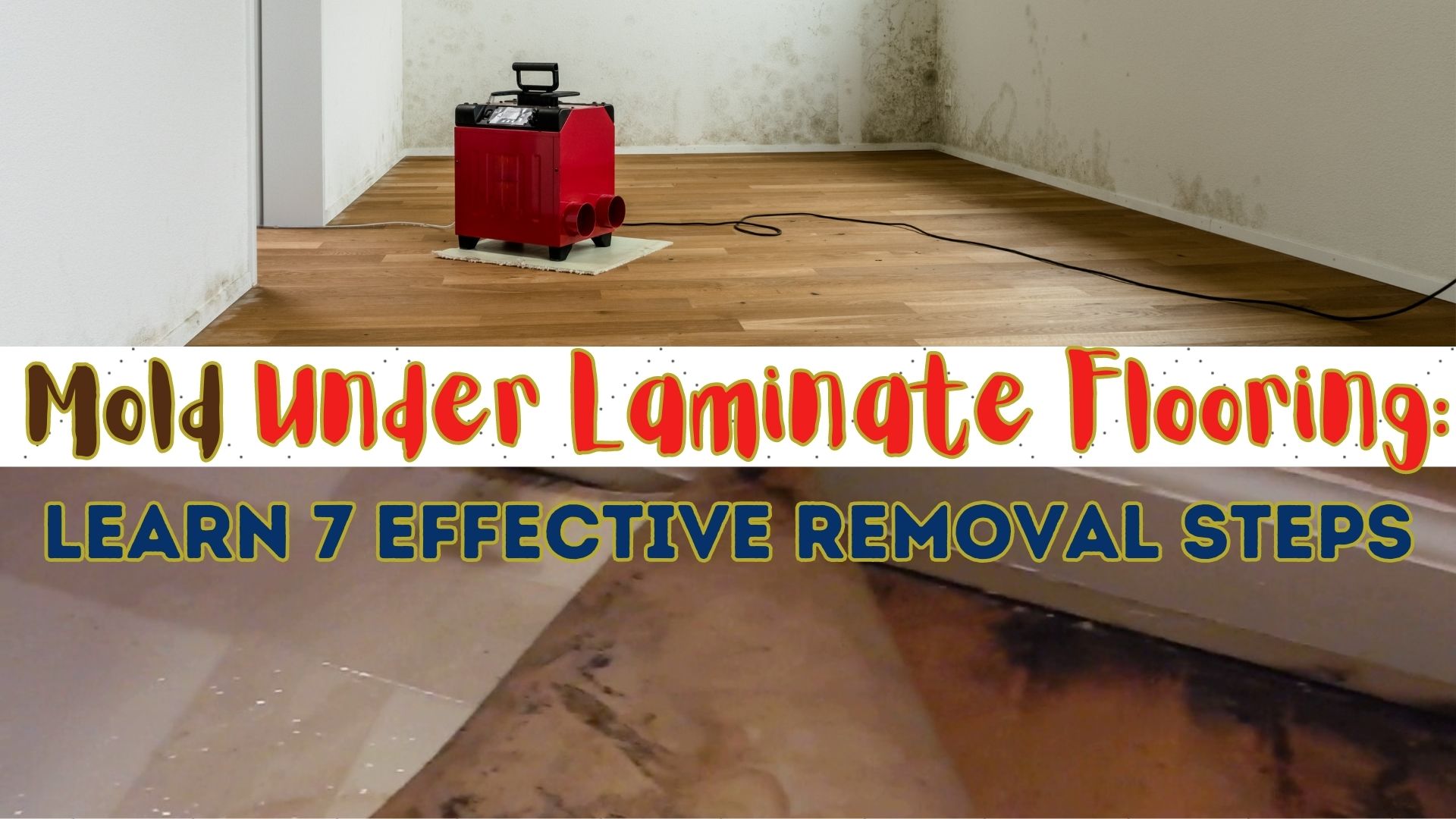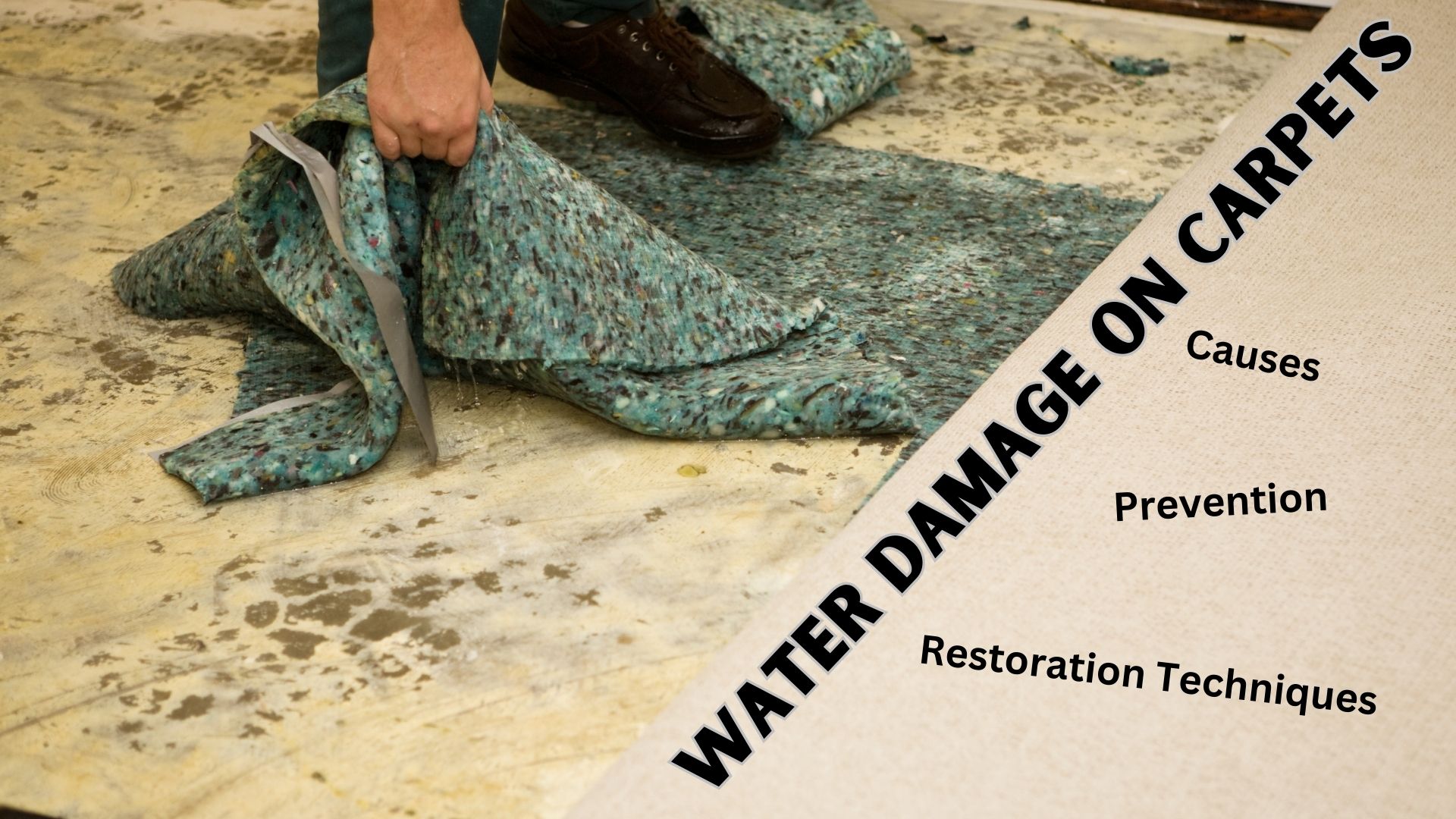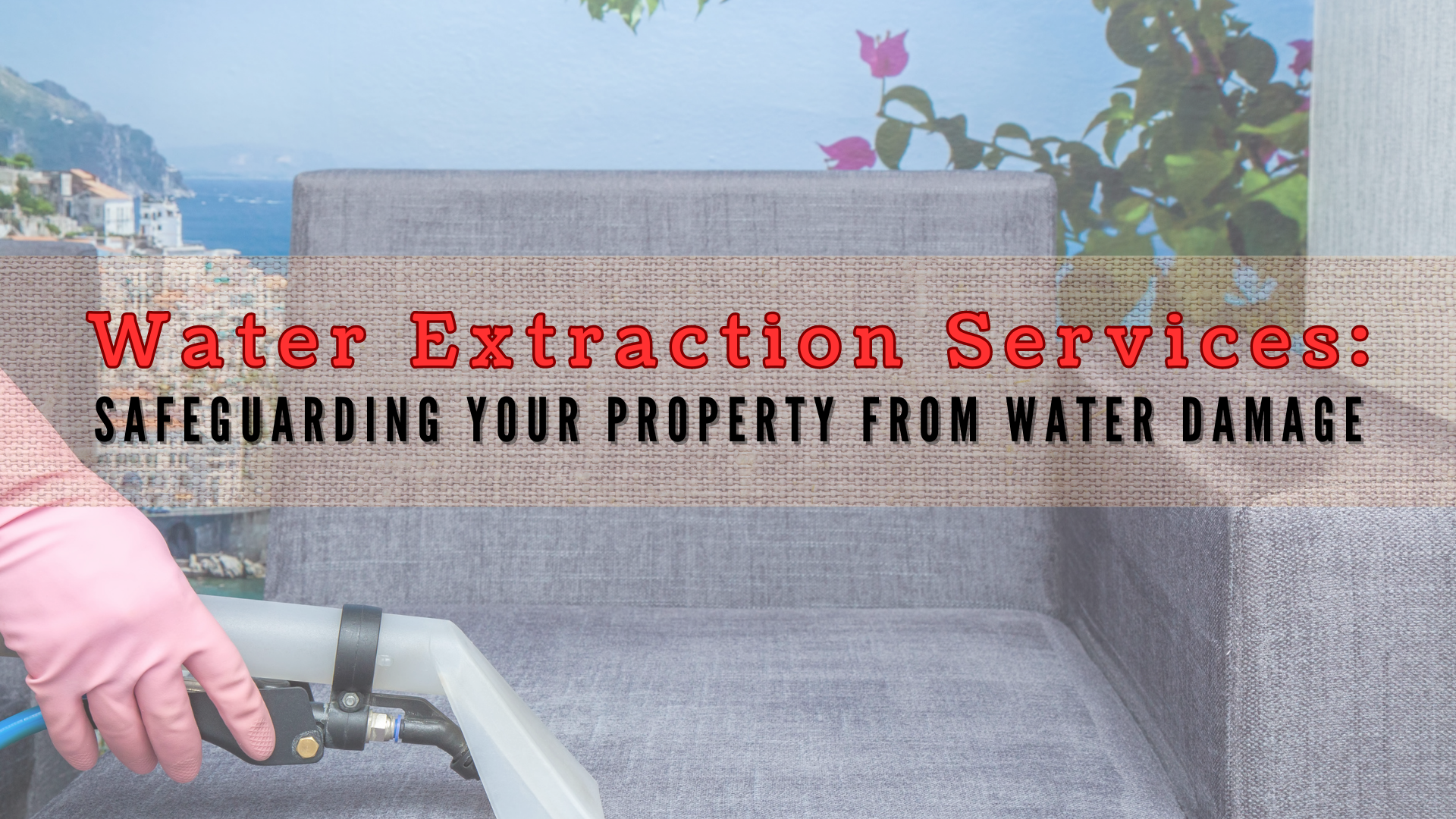Bathroom flooding can be an inconvenient and stressful situation, causing damage to your home and disrupting your daily routine. Moreover, it can be the worst nightmare. You’ll panic once you open the door and see a flood of water all over the floor. We can’t sometimes avoid it but knowing how to take care of it right away will lessen your worries.
Understanding the potential sources, common plumbing issues, and effective solutions can help you mitigate flood problems and prevent future incidents. In this article, we will explore the various causes of bathroom flooding, ways to fix a flooded bathroom, and preventive measures you can take to maintain a dry and functional space.
Common Causes of Bathroom Flooding
The causes of floods can vary, but the damage is the same. Here are a few things to consider when your bathroom floods.
Identifying the Source of the Flood: The first step in addressing a flooded bathroom is determining the source of the water. Common sources include:
- Plumbing issues: Leaky fixtures, burst pipes, or malfunctioning valves can lead to water accumulation in your bathroom.
- Clogged drain lines: Blockages in the drain lines can cause water to back up and overflow onto the bathroom floor.
- Leaving the water running: Forgetting to turn off faucets or leaving the shower running unattended can result in flooding.
- Toilet problems: A clogged or overflowing toilet, often caused by excessive toilet paper usage, can cause significant water damage.
Immediate Steps to Fix Bathroom Flooding Issues
Dealing with bathroom floods is necessary to prevent serious water damage from occurring in your home. Please read the following and take the following issues:
1. Ensure safety: Turn off the electricity supply to the affected area to avoid electrical hazards. If you still can’t find the main electrical supply, see sparks, or smell gas, leave and call 911 right away to assist you.
2. Stop the water source: Locate and shut off the water supply valve connected to the affected fixture or to the entire bathroom if necessary. Find the oval-shaped knobs (sink or toilet valve) that are usually behind the toilet or under the sink.
If you don’t know or can’t find the water source, call a professional at once.
3. Take pictures before cleaning to document the damage. You’ll be needing this in case you’ll file an insurance claim. Even minor bathroom flooding can lead to serious water damage.
4. Remove excess water: Use a wet vac or towels to soak up standing water and prevent further damage to the bathroom floor and surrounding areas.
5. After removing excess water, it is essential to dry and clean the bathroom thoroughly to prevent mold growth and further damage:
- Open the windows and door when cleaning.
- Use fans and dehumidifiers: Circulate air and reduce humidity levels in the bathroom to aid in drying.
6. Scrubbing and disinfecting are necessary for the cleaning process to prevent mold growth aside from killing germs.
- Disinfect the area: Clean and sanitize all affected surfaces, including the bathroom floor, walls, and fixtures, using appropriate cleaning products.
Preparation and Prevention Can Save
Prevention is always the best plan of action in everything especially when it comes to plumbing and water damage issues. A few reminders include the following:
1.) Record the contact numbers of professionals and have them on hand in case of emergencies.
2.) Know the location of the main electrical supply or breaker and the water shut-off valves in your home.
3.) Addressing Plumbing Issues and Clogged Pipes:
To resolve plumbing-related flooding issues:
- Inspect for burst or broken pipes: Check for any visible signs of a burst or broken pipe and address the issue promptly.
- Call a plumber: For complex plumbing problems, it’s advisable to contact a professional plumber who can identify and repair the root cause.
- Clearing clogged pipes: If a clog is causing the flood, you can try using a plunger or a drain snake to remove the obstruction. However, be cautious to avoid pushing the clog further into the pipes, which could worsen the situation.
4.) Preventive Measures to Avoid Bathroom Flooding:
To minimize the risk of future bathroom floods:
- Regular maintenance: Conduct routine checks on your plumbing system to detect leaks, damaged pipes, or worn-out fixtures early on.
- Proper toilet usage: Educate household members about appropriate toilet paper usage and discourage flushing items that can cause blockages.
- Insulate pipes: Protect your pipes from freezing during colder months by insulating them, reducing the risk of burst pipes.
- Install drain guards: Use drain guards or screens to prevent debris and hair from entering the drain lines and causing blockages.
- Check for hidden water damage: Inspect the surrounding walls and adjacent rooms for signs of water infiltration and address any issues promptly.
This will help you prepare in the middle of possible danger and disaster. This will also prevent you from costly household hazards.
Problem With Bathroom Flooding?
Bathroom flooding can result from various sources, including plumbing issues, clogged drain lines, and toilet problems. By promptly addressing the cause of the flood, taking immediate steps to fix the issue, and implementing preventive measures, you can minimize the impact of bathroom flooding and maintain a dry, functional, and hassle-free bathroom environment.
Remember, when in doubt or faced with complex plumbing problems, consult a professional plumber to ensure proper resolution.
And let our expert team at Superior Restoration assist you with your concerns.
Avoid nightmares of bathroom flooding and water damage issues by calling our local office today, Water Damage Murrieta. We respond immediately and are open for 24 hours.





